
My Great Dane puppy jumped over a fence once. If you’ve found this blog post, you probably have the same problem I once faced! Danes

My Great Dane puppy jumped over a fence once. If you’ve found this blog post, you probably have the same problem I once faced! Danes
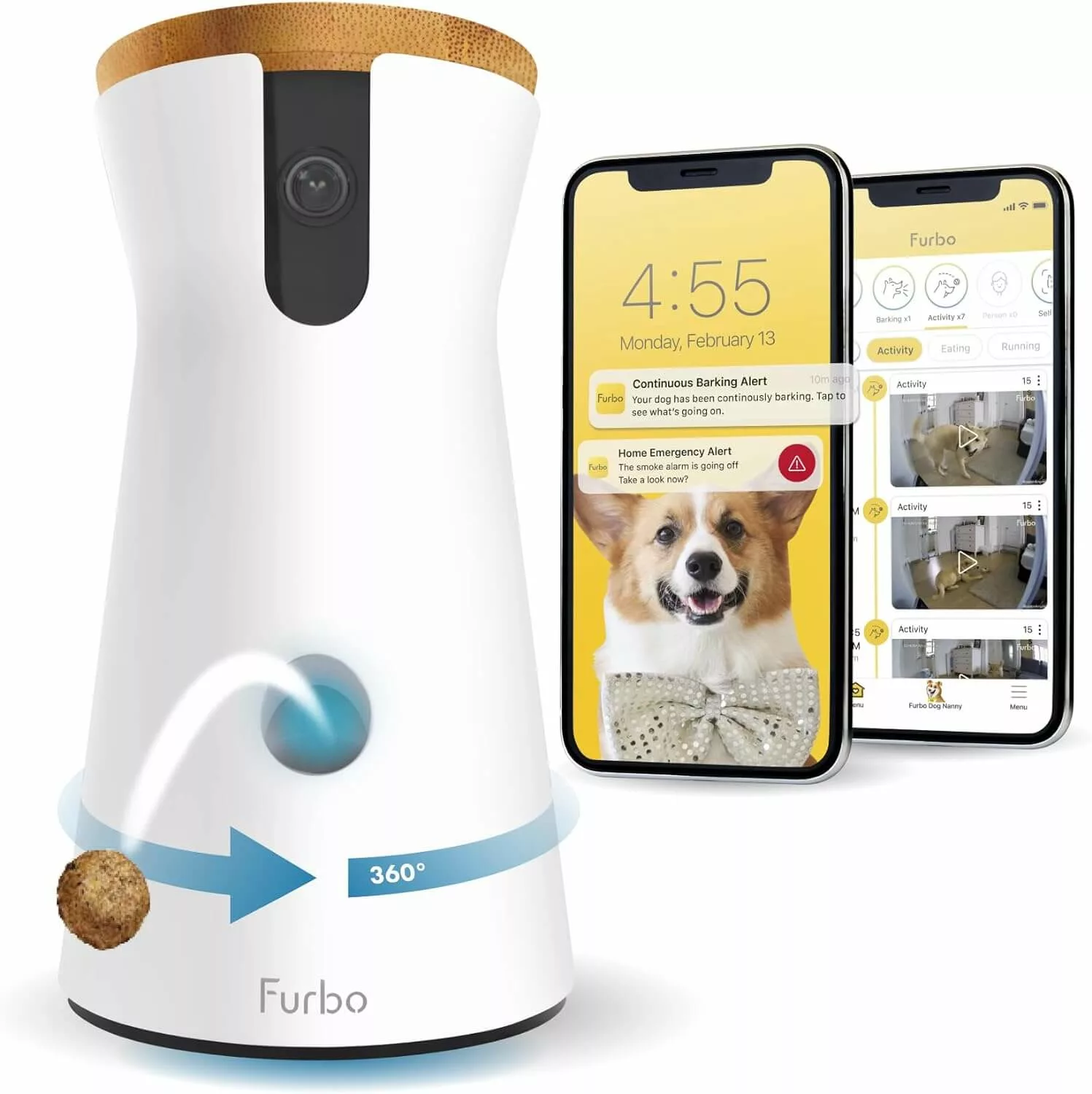
Today I’m giving my unbiased Furbo 360 dog camera review, but first, a personal story. Ihave a Great Dane with a bit of separation anxiety,

Best WSAVA Approved Dog Food WSAVA is the World Small Animal Veterinary Association. It’s comprised of researchers and veterinarians from around the World, all focused
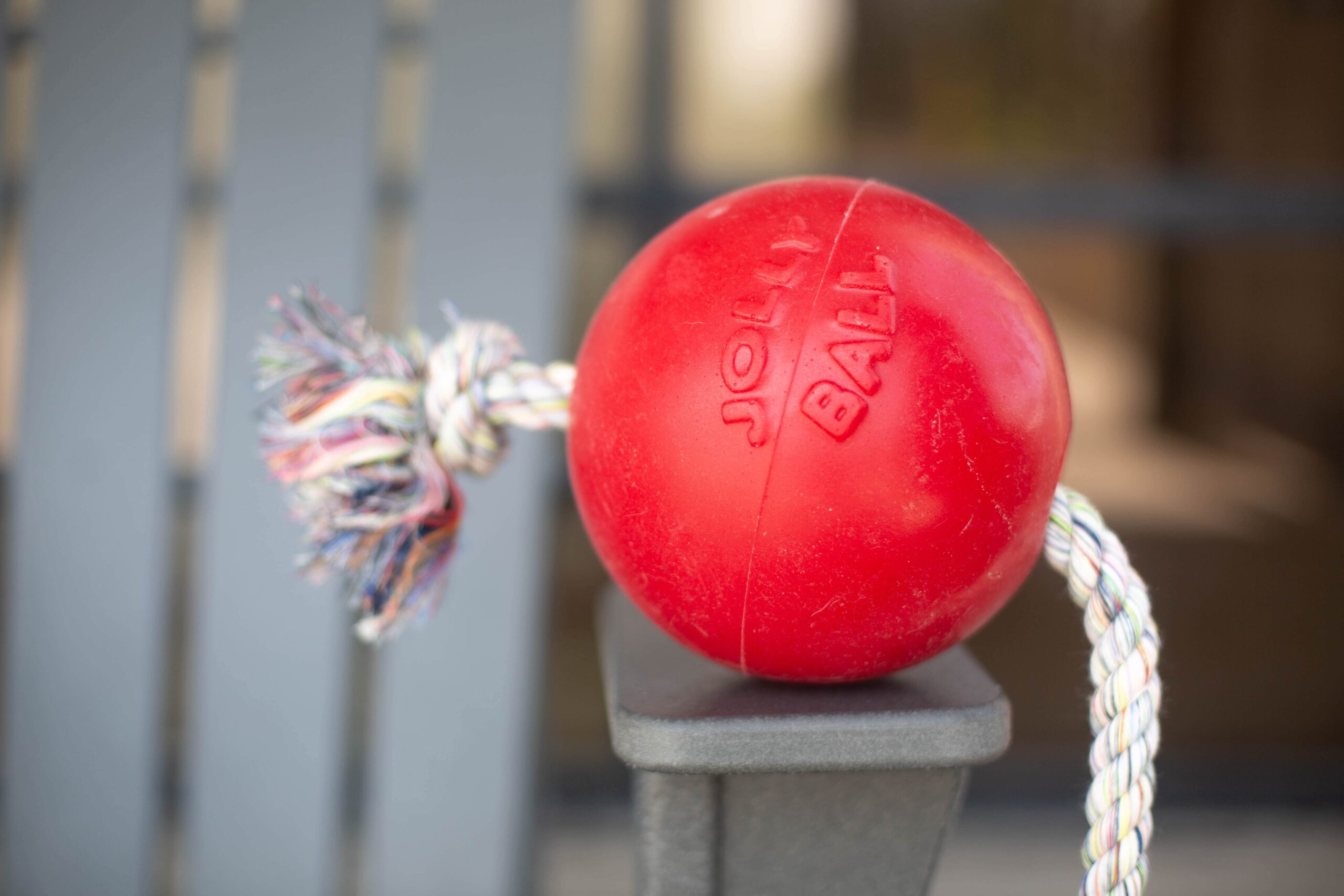
Making shelter dogs happy: A Mission of Mine As an influencer, blogger, and devoted dog lover, I’ve always believed in using my platform to make
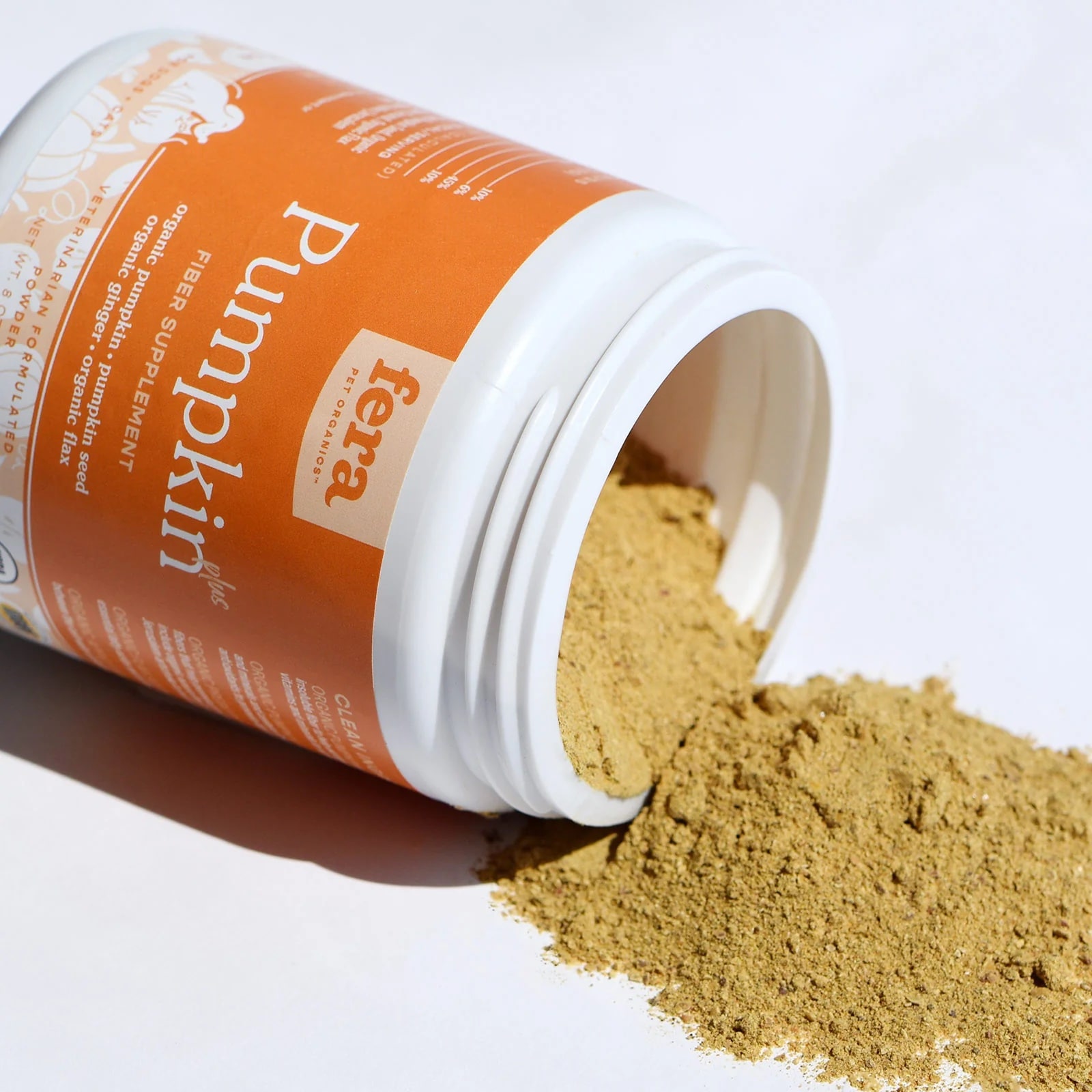
I would love to share with you some amazing insights about how pumpkin can positively impact your dog’s health. Did you know that pumpkin has

Can you take a Great Dane on an airplane? This is a question we see a LOT in our Facebook group. Most airlines allow small

Are you ready to get on the water with your Great Dane? Finding Great Dane sized life jackets is tricky, so we did the work
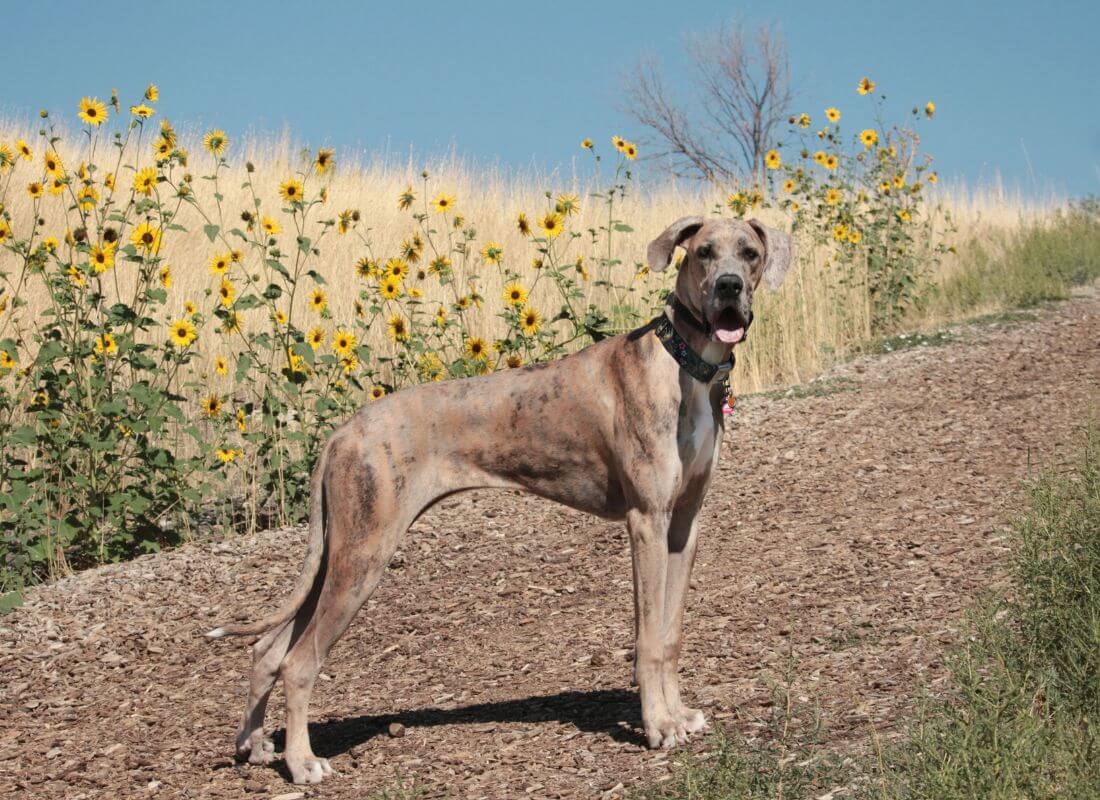
It’s May, and that means that the fleas, ticks, mites, and other creepy crawlies are lurking. Dogs living in most areas of the United States
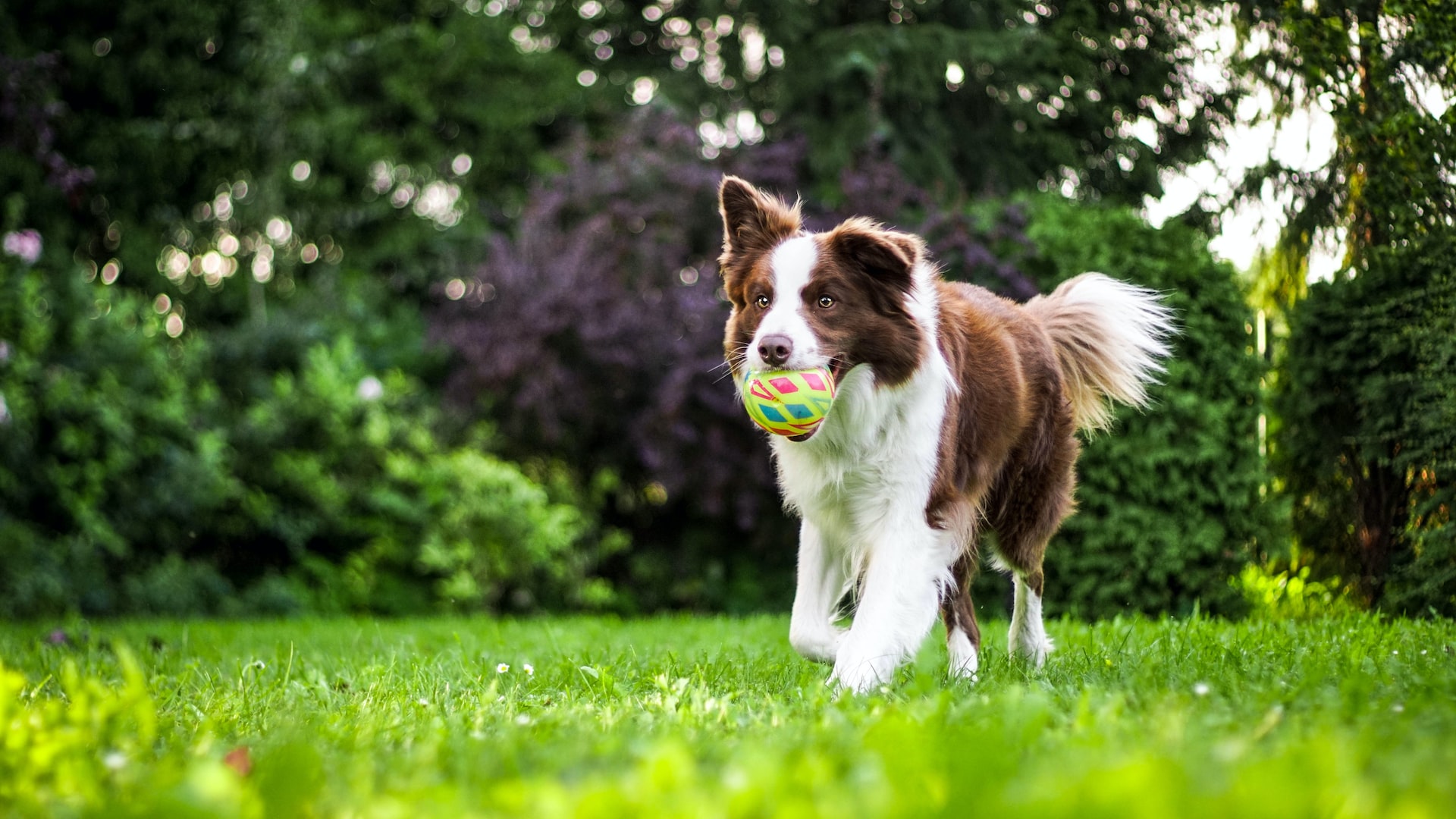
It’s no secret that I’ve become a passionate advocate for good nutrition when it comes to my dogs. At one time I fell for some

What can you give your dog to support their liver? The liver is one of the most important organs in your dog’s body. It plays